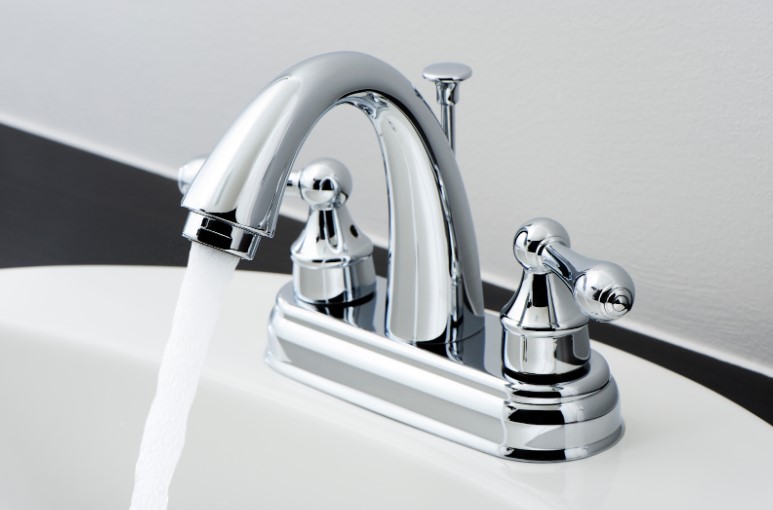
Water is one of life’s most essential resources, and safeguarding its purity should be of paramount importance in both public and private sectors. This is where backflow testing comes in. Backflow occurs when the direction of water flow in a piping system is reversed, causing contaminated water to enter a potable water supply. Pushing backflow testing is crucial to ensure this doesn’t happen. This comprehensive post will explore the top five reasons backflow testing should become a significant aspect of your facility’s maintenance schedule.
Compliance with Legal Requirements
There’s more than a moral obligation to protect clean water. Legal statutes and regulations make backflow prevention and testing mandatory in many municipalities. Failure to comply can result in hefty fines or, worse, detrimental health hazards. Federal, state, and local regulations typically require testing of backflow prevention devices annually or semi-annually, depending on each establishment’s risk factor.
A Proactive Approach to Preventing Contaminations
Backflow incidents are not solely hypothetical; they are real and can have serious health implications. From chemicals used in cleaning processes to the harmful bacteria in irrigation systems, the list of potential contaminants is a serious cause for concern. Backflow testing ensures that your backflow prevention devices function correctly and your potable water remains uncontaminated.
Avoiding Interruptions in Water Service
Imagine the operational chaos resulting from losing water service at a hospital, restaurant, or commercial facility due to unscheduled repairs necessitated by a backflow event. Avoiding such interruptions is about the immediate inconvenience and the ripple effect on services, customers, and reputation.
Protecting Your Assets
Water is used in various critical applications, from cooling systems to medical equipment, and must be clean. In the event of backflow, the integrity of these applications can be compromised, leading to equipment damage and failures. By prioritizing backflow testing, you protect your assets from potential damage caused by contaminated water.
Sustaining Your Reputation and Credibility
In the eyes of the public, a facility that takes water safety seriously can be trusted. Regular backflow testing is a testament to your organization’s commitment to environmental stewardship and the welfare of its patrons. Such a commitment goes a long way in establishing and maintaining a positive brand image and can differentiate your business from competitors.
In conclusion, incorporating backflow testing into your maintenance schedule is more than just a tick-box exercise—it invests in safety, efficiency, and credibility. By understanding the legal mandates, adopting a preventive mindset, ensuring continuous water service, protecting assets, and safeguarding your reputation, you’re exercising due diligence that will benefit you and your community in the long run. Don’t wait for a catastrophe to strike; prioritize backflow testing now.
